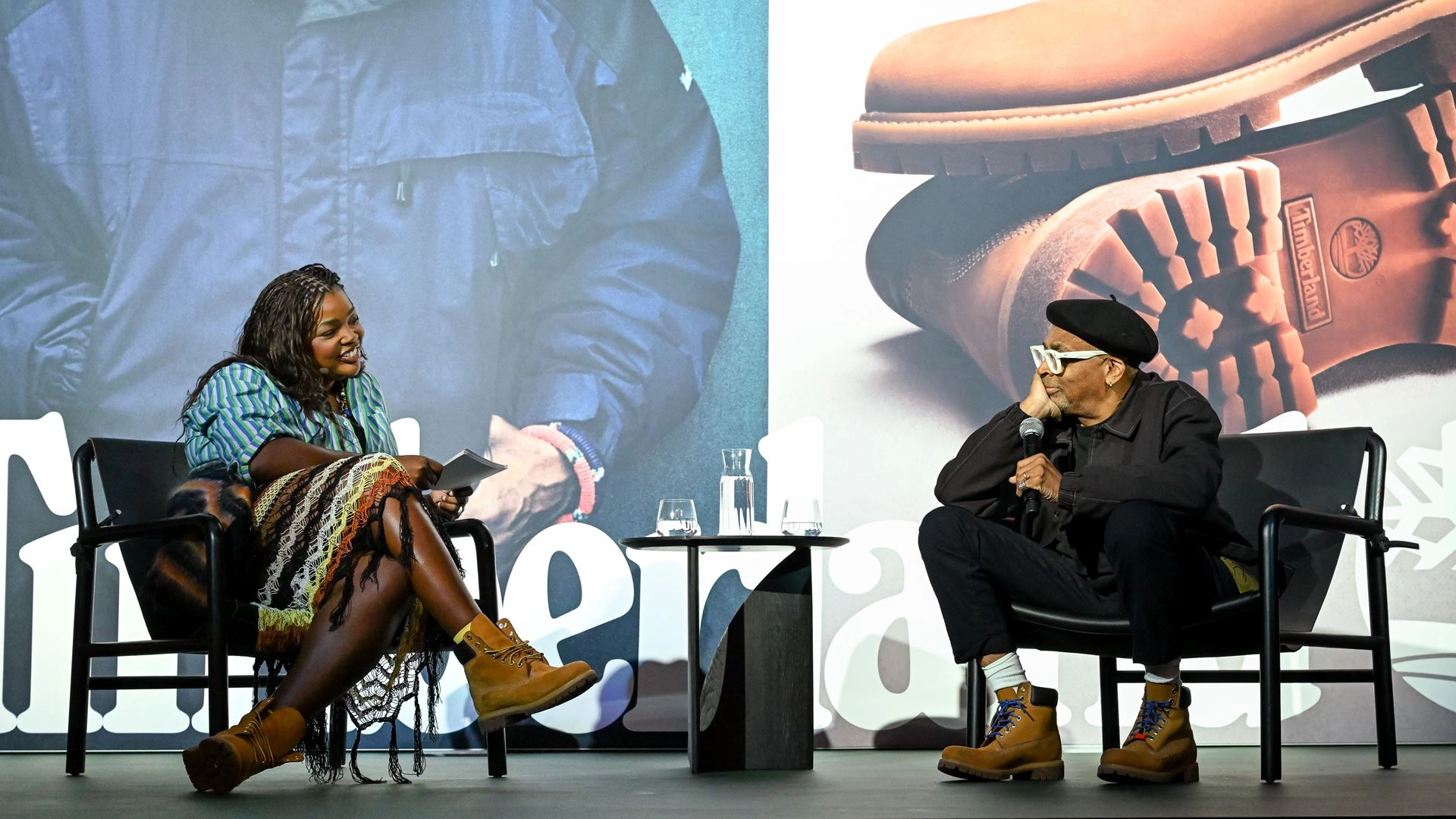James Dewitt Yancey, better known as J Dilla, remains a towering figure in the world of hip hop, celebrated for his innovative production techniques, soulful beats, and profound influence on the genre. His work transcends mere music, weaving a rich tapestry of cultural experience, tradition, and social commentary. As we journey into the life and legacy of J Dilla, we explore how his compositions reflect the vibrant urban elements of his Detroit upbringing, his deep connection to cultural traditions, and his unyielding social absorbency.
J Dilla was born on February 7, 1974, in Detroit, Michigan, a city known for its rich musical heritage, from Motown to techno. Growing up in this vibrant cultural landscape, Dilla was immersed in a diverse range of music, from his mother’s collection of vinyl records to the innovative sounds of local artists. His early exposure to jazz, funk, and soul would later become the bedrock of his unique production style.
Formation of Slum Village
In the early 1990s, Dilla, alongside his childhood friends T3 and Baatin, formed the influential group Slum Village. Their debut album, Fan-Tas-Tic (Vol. 1) released in 1996, showcased Dilla’s signature style—smooth, soulful beats interwoven with intricate rhythms and samples. This album was a precursor to the distinctive sound that would define his career, blending the traditional with the avant-garde.
Signature Techniques and Sound
J Dilla’s production style is renowned for its innovative use of sampling, drum programming, and unique rhythms. One of his most celebrated techniques is the “off-kilter” beat, where the drums are slightly out of sync, creating a groove that is both hypnotic and unpredictable. This approach is evident in tracks like “Fall in Love” by Slum Village and “Nothing Like This” by The Pharcyde.
The MPC 3000 and its Legacy
Dilla’s primary tool was the Akai MPC 3000, a beat-making machine that he mastered to create his signature sound. His use of the MPC 3000’s 12-bit sampling and sequencer allowed him to craft beats with a gritty, organic quality that became his trademark. Tracks like “Dilla’s Theme” from (Welcome 2 Detroit) exemplify his ability to blend soulful samples with hard-hitting drums, creating a sound that is both nostalgic and groundbreaking.
The Influence of Detroit’s Musical Landscape
Detroit’s musical legacy, particularly the Motown sound, deeply influenced Dilla. The rich harmonies, intricate arrangements, and soulful grooves of Motown provided a foundational blueprint for his music. Songs like “The Light” by Common, produced by Dilla, echo the Motown influence with their lush orchestration and heartfelt melodies, demonstrating how Dilla seamlessly integrated classic elements into contemporary hip hop.
The Techno and Electronic Scene
Detroit’s vibrant techno scene also played a crucial role in shaping Dilla’s sound. The city’s electronic music culture, characterized by its futuristic beats and experimental approach, can be heard in Dilla’s work. Tracks like “Think Twice” from “Donuts” showcase his ability to blend electronic textures with traditional hip hop beats, creating a sound that is both innovative and rooted in Detroit’s musical heritage.
Dilla’s music is more than just beats and rhymes; it is a window into the urban experience. His tracks often reflect the struggles, joys, and nuances of life in Detroit. Songs like “So Far To Go” by Common, featuring D’Angelo, highlight the complexities of urban life, with Dilla’s production providing a soulful backdrop to the introspective lyrics.
Celebrating African-American Culture
Dilla’s work is steeped in African-American cultural traditions, from jazz and funk to the blues. His sampling techniques often drew from obscure records, resurrecting forgotten gems and giving them new life. This approach not only showcased his deep knowledge of music history but also his commitment to preserving and celebrating African-American cultural heritage.
Released in 2006, (Donuts) is widely regarded as J Dilla’s magnum opus. Created during his battle with lupus, the album is a testament to his resilience and creativity. Composed entirely on a laptop, features 31 tracks, each a short, soulful vignette that captures Dilla’s genius in its rawest form. Tracks like “Waves” and “Light My Fire” are not just beats but emotional landscapes, each one a testament to Dilla’s ability to evoke deep feeling with minimalistic production.
Critical Following and Influence
Donuts received critical acclaim for its innovation and emotional depth. It has been touted for its forward-thinking approach to beat-making, influencing a new generation of producers and artists. The album’s legacy is evident in the work of artists like Flying Lotus, Madlib, and Kanye West, who have cited Dilla as a major influence on their sound.
Shaping a New Generation
J Dilla’s influence extends far beyond his lifetime. His work has inspired countless producers, musicians, and fans worldwide. The Dilla Beat, characterized by its swing, warmth, and complexity, has become a defining element of modern hip hop. Artists like Kendrick Lamar, Erykah Badu, and Drake have all incorporated Dilla’s style into their music, keeping his spirit alive in contemporary sounds.
The J Dilla Foundation
In honor of his legacy, the J Dilla Foundation was established to support music education and community programs in Detroit. The foundation continues Dilla’s work, empowering young artists and promoting the arts in underserved communities. Initiatives like the “Donuts Are Forever” event celebrate Dilla’s life and music, ensuring that his impact on hip hop and culture endures.
Promoting Social Awareness
Dilla’s music often contained subtle but powerful messages about social justice, community, and resilience. Tracks like “Stop” by Dilla himself, featuring vocals from Pharoahe Monch, tackle themes of inequality and struggle, reflecting Dilla’s commitment to social awareness. His beats were not just a backdrop to the lyrics but a part of the narrative, enhancing the emotional and political impact of the songs.
Fostering Community and Connection
Dilla’s work fostered a sense of community and connection among fans and artists alike. His collaborations with musicians from various genres and backgrounds, including jazz, soul, and electronic music, showcased his versatility and his belief in the power of music to bridge divides. Albums like (Jay Love Japan) and his work with artists like Q-Tip and Busta Rhymes highlight his collaborative spirit and his ability to bring out the best in those he worked with.
Today, J Dilla’s music continues to be celebrated and discovered by new generations. His influence is evident in the work of emerging producers and artists who seek to capture the essence of his sound. Dilla’s records, from “Donuts” to “Welcome 2 Detroit”, remain essential listening for anyone interested in the evolution of hip hop and modern music.
The Timelessness of His Work
What sets J Dilla apart is the timeless quality of his music. Whether it’s the soulful grooves of (Slum Village), the experimental beats of “Donuts”, or the smooth rhythms of “Welcome 2 Detroit”, his work transcends genres and generations. Dilla’s beats are not just samples and loops; they are expressions of his soul, his experiences, and his vision for the future of music.
J Dilla’s life and work remain a testament to the power of creativity, resilience, and cultural integrity. His music continues to inspire, challenge, and uplift, reflecting the rich tapestry of urban life, cultural traditions, and social consciousness. As we remember and celebrate J Dilla, we honor not just his contributions to music but his enduring legacy as a visionary artist who used his craft to speak truth to power, to celebrate life’s beauty, and to connect us all through the universal language of music. His spirit, captured in every beat and sample, continues to blow in the wind, a timeless reminder of the soul and artistry that define his legacy.
No comments yet.








